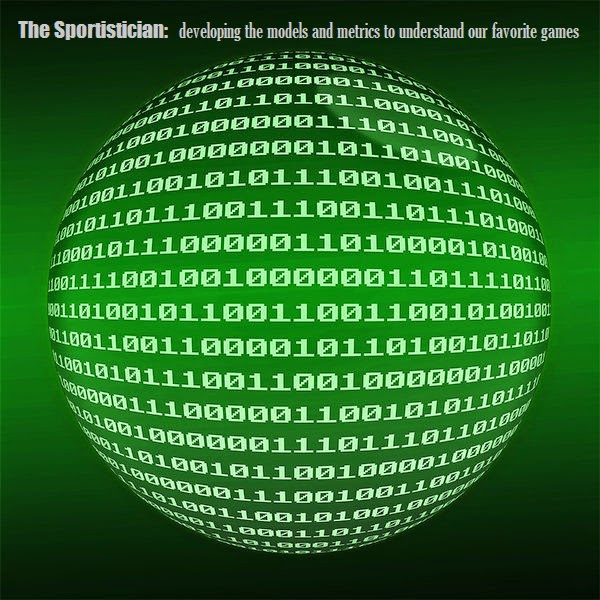- 4 point passing TD
- -3 point interception
- -1 point interception for TD
- 1 point for 25 yards passing (.04/per),
- 1 point per 2 point conversions
- .25 points per 1st down
- 6 point rushing TD
- 1 point for 10 yards rushing (.1/per),
- 2 points for 2 point conversions
- .5 point per 1st down
- 6 point receiving TD
- 1 point for 10 yards receiving (.1/per),
- 2 points for 2 point conversions,
- .5 point per 1st down
- .5 point per reception
- Extra .5 point per first down
- Extra .5 point per reception
- 6 point for any return TD
- 6 points if your player recovers a ball in the endzone for a TD
2 Matt Ryan 421.71
3 Deshaun Watson 396.26
4 Ben Roethlisberger 388.89
5 Todd Gurley 387.60
6 Christian McCaffrey 382.75
7 Saquon Barkley 380.80
8 Andrew Luck 376.49
9 Aaron Rodgers 370.83
10 Jared Goff 365.32
11 Travis Kelce 364.60
12 Drew Brees 364.43
13 Alvin Kamara 352.90
14 Russell Wilson 347.85
15 Dak Prescott 344.34
16 Zach Ertz 343.80
17 Kirk Cousins 341.92
18 Ezekiel Elliott 341.60
19 Cam Newton 330.40
20 Tom Brady 330.31
21 DeAndre Hopkins 320.50
22 Tyreek Hill 320.30
23 Philip Rivers 319.52
24 George Kittle 318.20
25 Julio Jones 313.90
26 Davante Adams 304.60
27 Antonio Brown 303.70
28 Mitchell Trubisky 302.77
29 James Conner 294.50
30 Michael Thomas 294.50
31 Adam Thielen 290.30
32 Eli Manning 285.21
33 Melvin Gordon 281.00
34 Mike Evans 278.40
35 Baker Mayfield 275.89
36 JuJu Smith-Schuster 271.60
37 Eric Ebron 264.70
38 James White 264.60
39 Matthew Stafford 263.93
40 Robert Woods 261.10
41 Joe Mixon 260.40
42 Derek Carr 259.84
43 David Johnson 251.40
44 Kareem Hunt 250.70
45 Case Keenum 249.44
46 Keenan Allen 245.60
47 Jameis Winston 243.48
48 Josh Allen 243.11
49 Carson Wentz 241.60
50 Stefon Diggs 239.80
51 Jared Cook 238.10
52 Phillip Lindsay 235.50
53 Brandin Cooks 233.70
54 Tarik Cohen 230.59
55 Chris Carson 229.90
56 T.Y. Hilton 228.90
57 Derrick Henry 224.31
58 Odell Beckham 220.84
59 Blake Bortles 217.55
60 Marcus Mariota 216.02
61 Tyler Lockett 213.70
63 Adrian Peterson 213.00
64 Tyler Boyd 210.10
65 Tevin Coleman 204.60
69 Jarvis Landry 200.87
70 Andy Dalton 199.04
71 Sam Darnold 198.35
72 Marlon Mack 198.10
73 Calvin Ridley 197.00
74 Amari Cooper 196.50
75 Julian Edelman 194.67
76 Kenyan Drake 193.70
77 Austin Hooper 192.00
78 Aaron Jones 187.90
79 Ryan Fitzpatrick 187.34
80 Emmanuel Sanders 187.17
81 Lamar Miller 184.60
82 Kyle Rudolph 183.40
83 Chris Godwin 180.70
84 Larry Fitzgerald 180.13
85 Matt Breida 178.40
86 Trey Burton 177.60
87 Mike Williams 176.70
88 Alshon Jeffery 176.50
89 Corey Davis 175.60
90 Adam Humphries 175.20
91 Austin Ekeler 174.30
92 Mohamed Sanu 174.15
93 Sterling Shepard 172.00
94 David Njoku 171.90
95 Alex Smith 170.50
96 Ryan Tannehill 169.61
97 Joe Flacco 169.00
98 Sony Michel 168.10
99 Vance McDonald 168.00
100 Rob Gronkowski 167.60


